Just when everyone in the audio-visual sector thought things had settled with HDMI 2.1 and its recent update in 2023, HDMI 2.1b, HDMI.org announced at CES 2025 that HDMI 2.2 would be making its debut.
The differences are promising, particularly in two key areas for A/V enthusiasts comparing HDMI 2.2 vs. 2.1: increased bandwidth and a new audio-video synchronisation system.
These upgrades are significant, as HDMI 2.1, like its predecessors, has limitations. While it can transfer data at up to 48Gbps, it falls short for 8K bandwidth demands. Additionally, its audio-visual synchronisation system can be unreliable.
HDMI 2.2 is set to come out in the third or fourth quarter of this year, so let’s look at what we can expect from the update.
Key specifications
| HDMI 2.2 | HDMI 2.1 | |
|---|---|---|
| Bandwidth | 96Gbps | 48Gbps |
| Resolution | 4k @ 480Hz 8k @ 240Hz 10k @ 120Hz 12k @ 120Hz | 4K @ 120Hz 8K @ 60Hz |
| Cable type | Ultra96 HDMI Cable | Ultra-High Speed HDMI Cable |
| Audio-video sync | LIP (Latency Indication Protocol) | ALLM (Auto Low Latency Mode) |
| Release date | 2025 (expected Q3 - Q4) | 2017 (HDMI 2.1b updated in 2017) |
| New features | FRL, AR, VR, MR, SR, FLD, LIP | SBTM, ALLM, QFT, QMS, VRR |
HDMI 2.2 vs. 2.1
Bandwidth
The most striking difference between HDMI 2.2 and HDMI 2.1 is the bandwidth data transfer capacity. At 96Gbps, it almost seems like an exaggerated figure. For TV, film, and streaming, the standard HDMI 2.1b already provides more than enough bandwidth – unless you’re working with 8K content.
So, what’s the point of HDMI 2.2 today? Well, if you’re a gamer, you’ll know there’s a competing cable – DisplayPort 2.1a – which already delivers a phenomenal 80Gbps data transfer rate.
Why does this matter for HDMI users? Many gamers still rely on HDMI, and with high-end graphics cards now capable of outputting 4K at 480Hz, HDMI is preparing for the future. As more consumer electronics adopt these capabilities in the second half of the decade, HDMI 2.2 ensures that users can fully take advantage of them.
Resolution
It feels like just yesterday we were excited about Full HD, then came 4K and Ultra HD. But as we move into the era of 8K and beyond, HDMI has shown its limitations, struggling to keep up with the demands of both consumer and commercial applications.
For consumer use, 8K uncompressed RGB should finally become a reality, allowing massive 8K OLED and Mini LED screens to deliver unprecedented colour detail – surpassing anything we’ve seen so far.
When people describe high-resolution displays as looking like a window, that might not be an exaggeration. With resolutions reaching up to 16K, this level of visual fidelity is something worth getting excited about.
Cable type
If you want to take full advantage of the HDMI 2.2 standard when buying your next cable, look for the Ultra96 HDMI Cable certification. This ensures you’re getting a cable that meets the latest specifications. And don’t worry – both the cable and connector are fully backwards compatible.
With nearly 20 times the data transfer capacity of the original HDMI 1.0 cables from 2002, the Ultra96 is a smart long-term investment for any installation. As new consumer electronics adopt HDMI 2.2, upgrading now will allow you to take advantage of the exciting features announced at CES.
Audio-visual sync
Anyone who has used HDMI with CEC knows the frustration of syncing issues and audio-visual mismatches. That’s why HDMI.org’s announcement of LIP (Latency Indication Protocol) is a welcome addition.
LIP promises to simplify the complexities of HDMI-connected audio-visual setups by providing a superior syncing solution that supports multi-hop system configurations.
It also minimises lag and out-of-sync issues, regardless of how your devices are arranged. Whether you’re using HDMI eARC with a soundbar or an AV receiver, or connecting multiple HDMI devices directly to your TV, LIP ensures a smoother, more synchronised experience.
Release date
Although HDMI.org announced the latest HDMI 2.2 standard in January 2025, the first certified cables and HDMI 2.2-compatible devices aren’t expected to hit the market until the third or fourth quarter of the year.
That doesn’t mean you’ll need to replace everything again in 2026. Adoption will take time, with many early implementations focused on commercial applications – such as 16K HyperHD screens for hospitals and large-scale digital billboards.
Yes, the Nvidia GeForce RTX 5090 will technically support these high resolutions, but don’t expect HDMI 2.2 to be integrated until the RTX 6090, which is likely to launch sometime in 2027.
New features
One area that will keep both HDMI and DisplayPort competitive is gaming, especially as its development pace now doubles every two to three years. Once HDMI 2.2 is fully adopted, gamers will finally be able to experience uncompressed 4K at 240Hz with 12-bit colour as it was meant to be.
HDMI 2.2 also introduces significant advancements in AR (Augmented Reality), VR (Virtual Reality), MR (Mixed Reality), SP (Spatial Reality), and FLD (Light Field Display). These enhancements are designed to support more complex and fluid gaming experiences across next-generation audio-visual equipment.
Beyond these improvements, and with LIP (Latency Indication Protocol), HDMI.org has also integrated Next-Gen Fixed Rate Link (FLR), ensuring HDMI 2.2 is future-proofed for standards we can’t even envision yet.
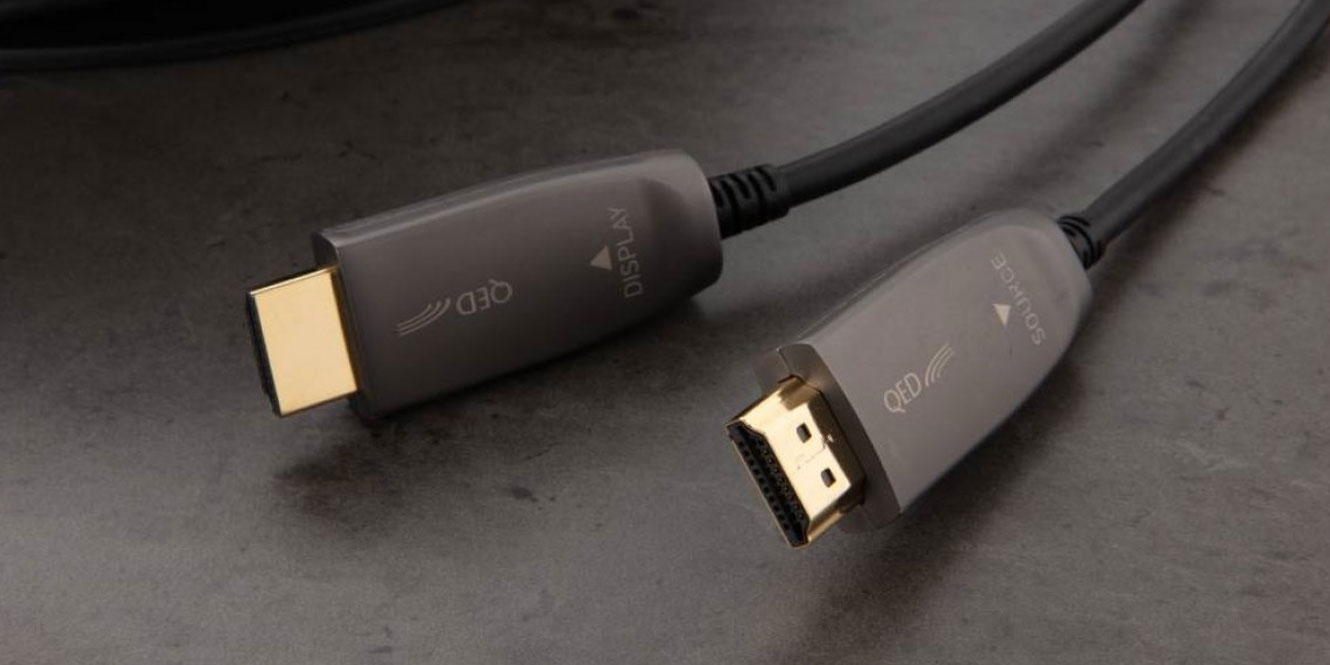
Applications
HDMI 2.1
HDMI 2.1 played a crucial role in standardising High Dynamic Range (HDR) by introducing Dynamic HDR and HDR10.
In terms of data capacity, the leap from HDMI 2.0 to HDMI 2.1 was more significant than the jump from HDMI 2.1 to HDMI 2.2. However, considering HDMI 2.0’s 18Gbps limit, it all comes down to how you look at percentages. The shift enabled widespread adoption of 4K OLED and LED panels with HDR10 and Dolby Vision, while HDMI eARC revolutionised home audio, offering a much-needed upgrade to the A/V experience.
One point of confusion with HDMI 2.1 was its multiple cable certifications – Standard, Premium, and High-Speed – which often led to uncertainty. HDMI 2.2 has simplified this by introducing a single cable standard: Ultra96.
Despite its consumer focus, HDMI 2.1 also had commercial applications, supporting 10K resolution when combined with Display Stream Compression (DSC) – a remarkable feat that many consumers were unaware of.
Now, as HDMI 2.2 marks the start of a new era, we can officially say goodbye to HDMI 2.1 and HDMI 2.1b.
HDMI 2.2
Just like with any HDMI setup for consumer use, HDMI ARC/eARC will remain just as important – especially for those using a TV with a soundbar or AV receiver. However, with HDMI 2.2’s increased data capabilities, new features will expand what’s possible once they become widely available.
Imagine watching a 10K HyperHD TV at 60Hz, 10-bit, with full 4:4:4 colour depth, all through a single Ultra96 HDMI cable. Or, a 12K 60Hz display at 12-bit 4:4:4, made possible with Display Stream Compression (DSC) and an Ultra96 cable. The visual quality will be breathtaking – and this is exactly where HDMI is headed.
Now that 4K has become standard, it’s time to look beyond it. 8K and higher resolutions are on their way to becoming the new norm, transforming how we experience TV. While HDMI 2.1 had its limits, HDMI ORG has now unveiled HDMI 2.2, offering a glimpse into the future of high-resolution displays.
Whether you encounter HDMI 2.2 in a consumer or commercial setting, one thing is clear: the differences between HDMI 2.1 and HDMI 2.2 will mark some of the most significant advancements in imaging and functionality since HDMI’s introduction in 2002.
FAQs
What is HDMI 2.2 for?
Like previous HDMI versions, HDMI 2.2 serves as an interface for transmitting audio and video between display and source devices. However, what sets it apart is its massive 96Gbps data transfer capacity and support for resolutions up to 16K.
Does HDMI 2.2 support 240Hz?
HDMI 2.2 does support 240Hz but the resolution you choose will determine how it works. HDMI 2.2 supports multiple 240Hz configurations, including 4K and 5K resolutions using a single Ultra96 HDMI cable. For 8K at 240Hz, however, you’ll need both an Ultra96 HDMI cable and Display Stream Compression (DSC) to handle the data requirements efficiently.
Does HDMI 2.2 support 144Hz?
HDMI has supported 144Hz for years, with compatibility depending on the resolution. Even HDMI 2.0 can handle 1440p at 144Hz, while HDMI 2.1 and HDMI 2.2 support 4K at 144Hz. The key difference lies in colour depth – HDMI 2.0 maxes out at 10-bit, whereas HDMI 2.2 can run 16-bit with an RGB colour depth of 4:2:0, offering improved visual fidelity for high-refresh-rate displays.
Final thoughts
Looking at HDMI 2.2 vs. 2.1, it’s clear that with HDMI 2.2, we have the full package – higher bandwidth to keep up with high-end displays and a future-proof standard that allows room for growth. As gaming evolves with VR, AR, and AI-driven experiences, HDMI 2.2 ensures the technology can keep up.
Looking ahead, the second half of the 2020s is set to be exciting. And as someone whose first computer was a Spectrum+, I’m always amazed when new technology works without limitations – just as it should.
For more helpful guides, check out these articles:

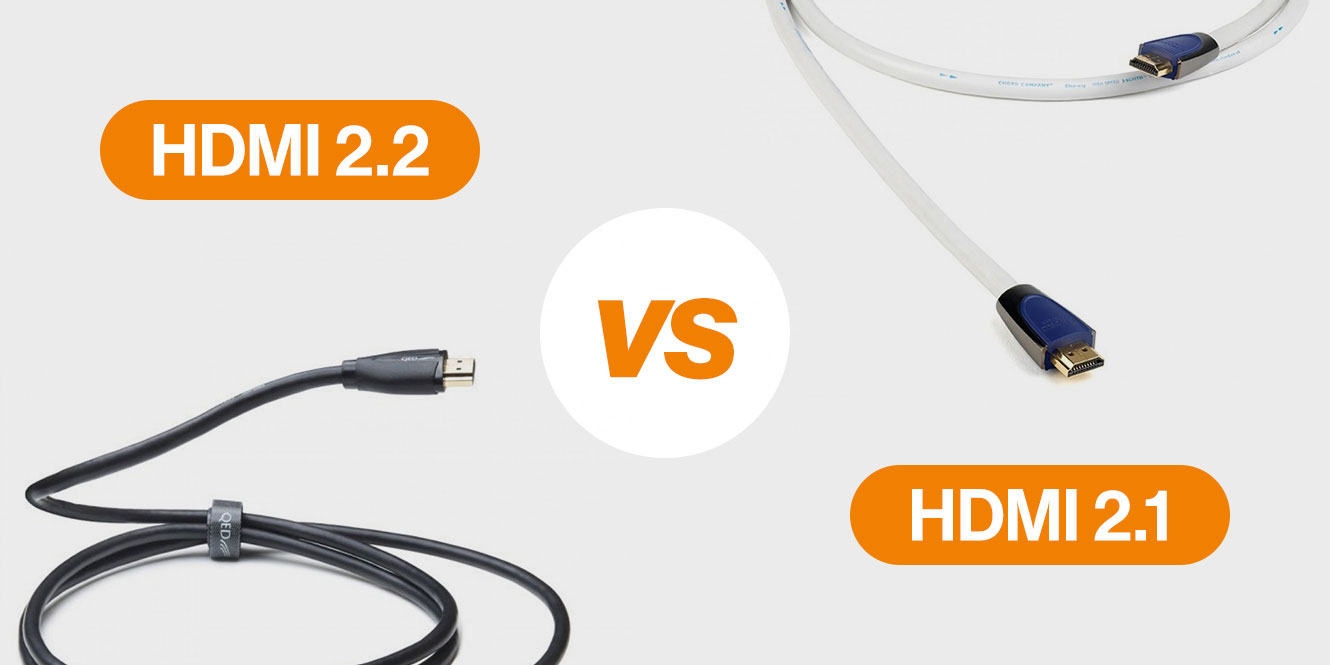


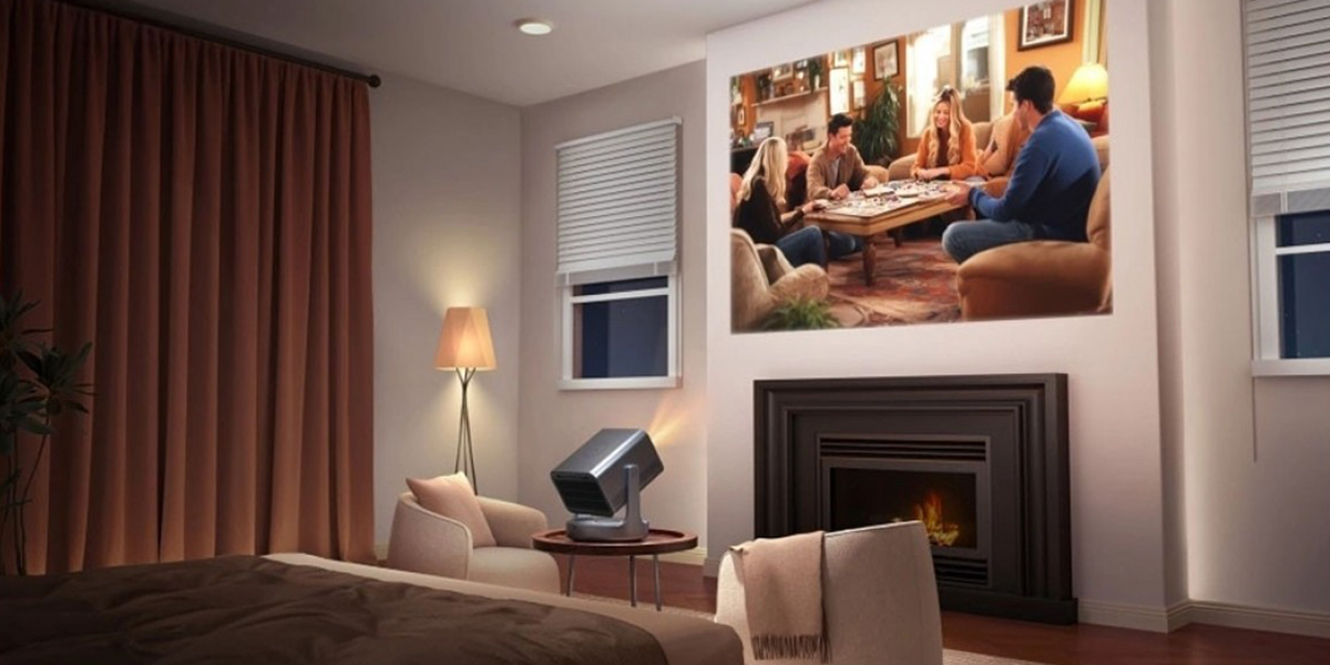

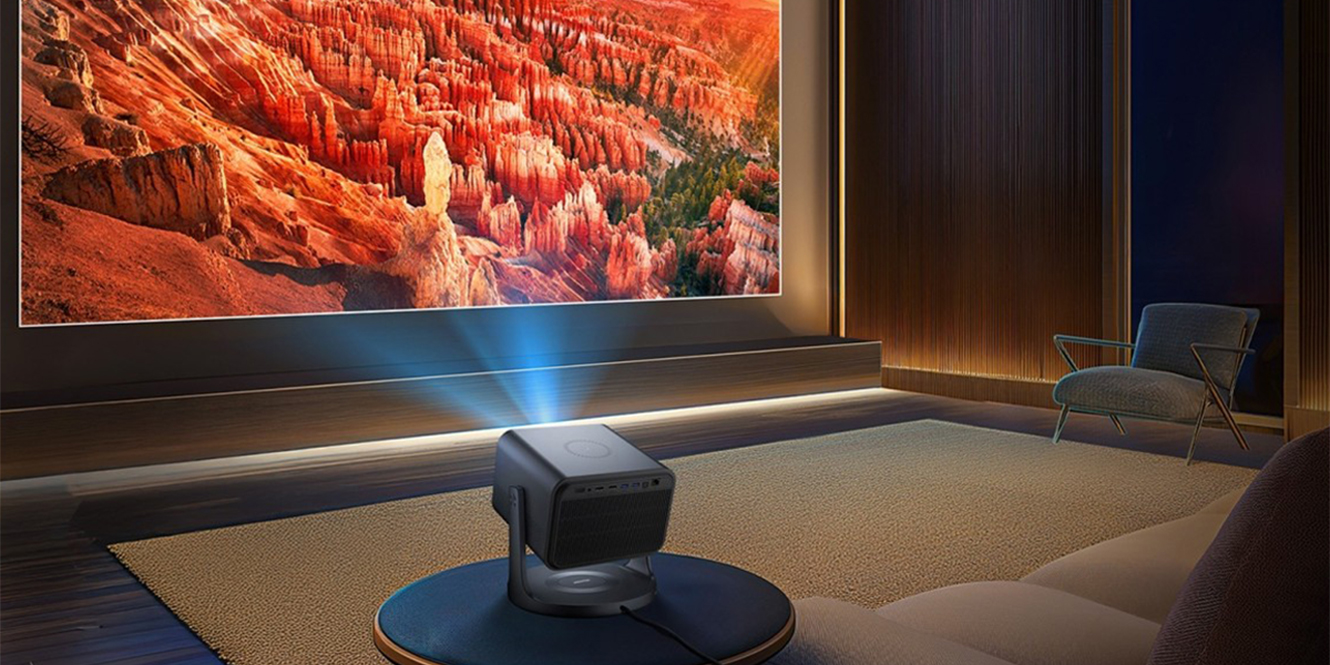





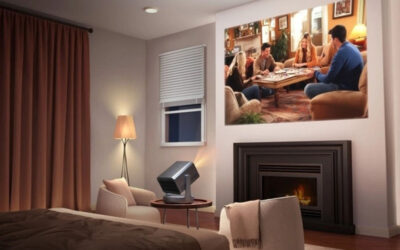
0 Comments